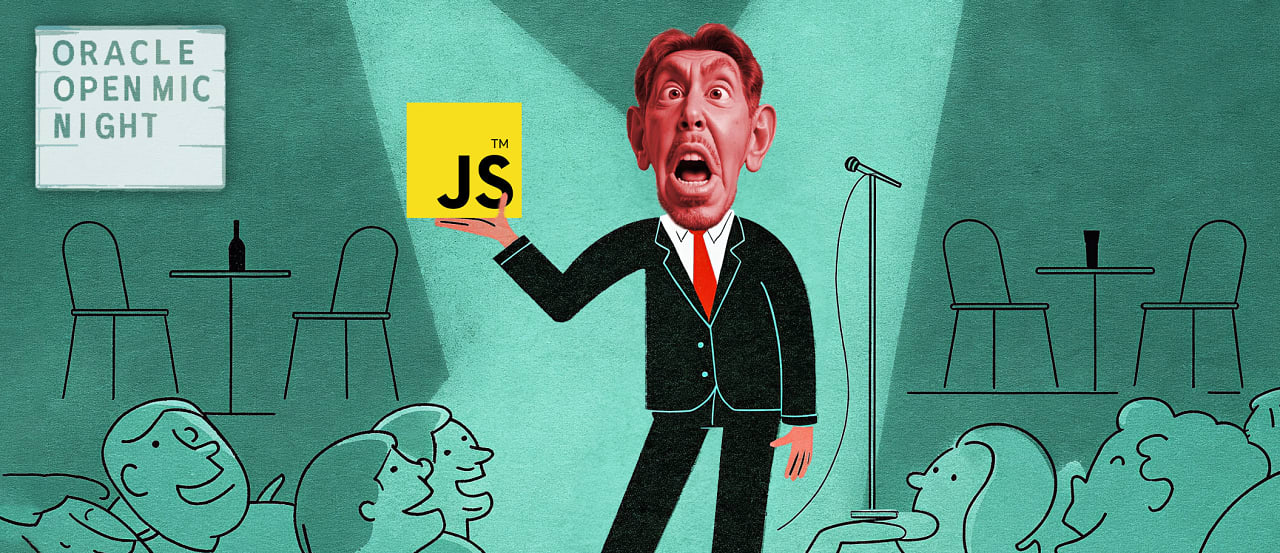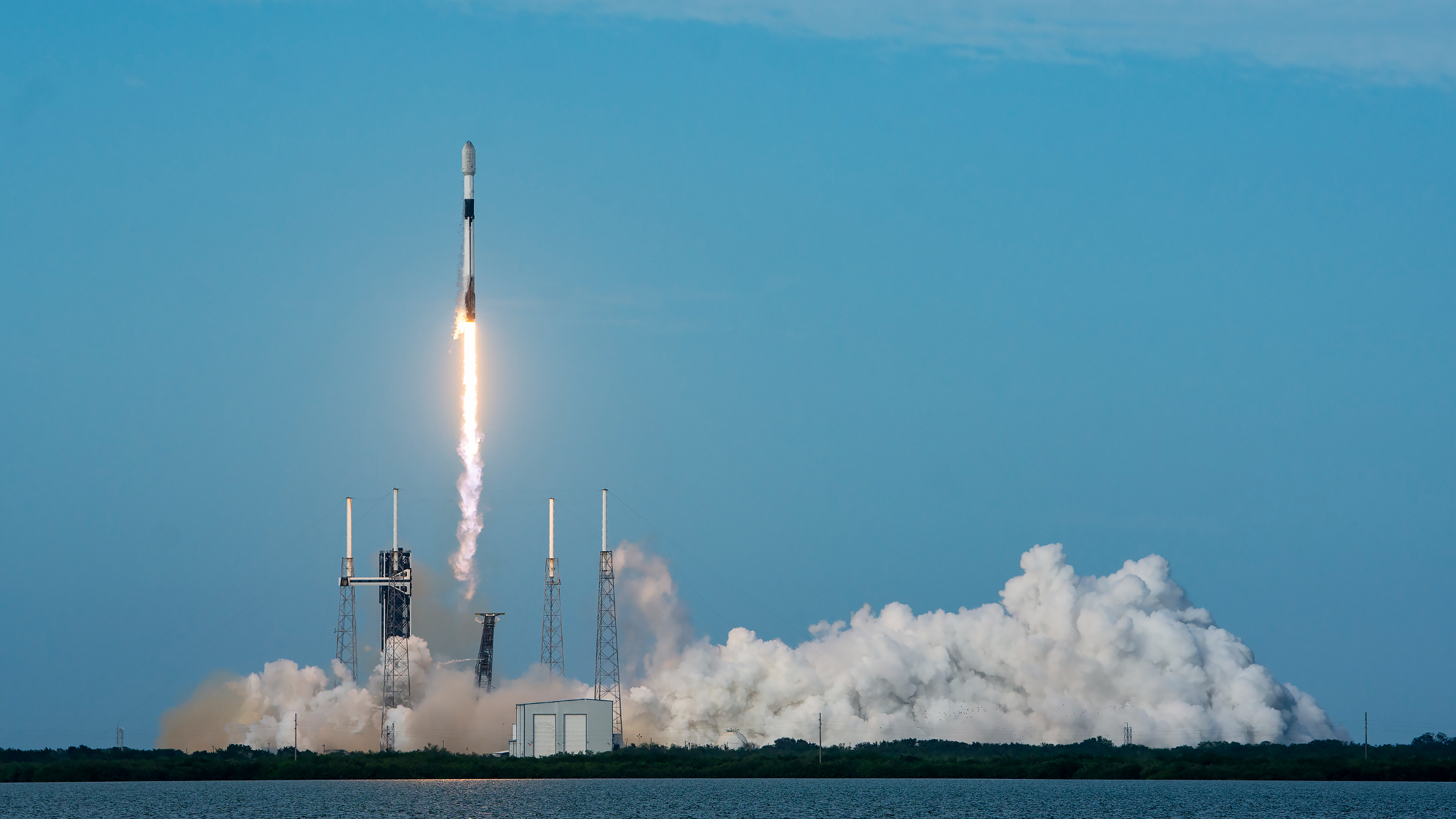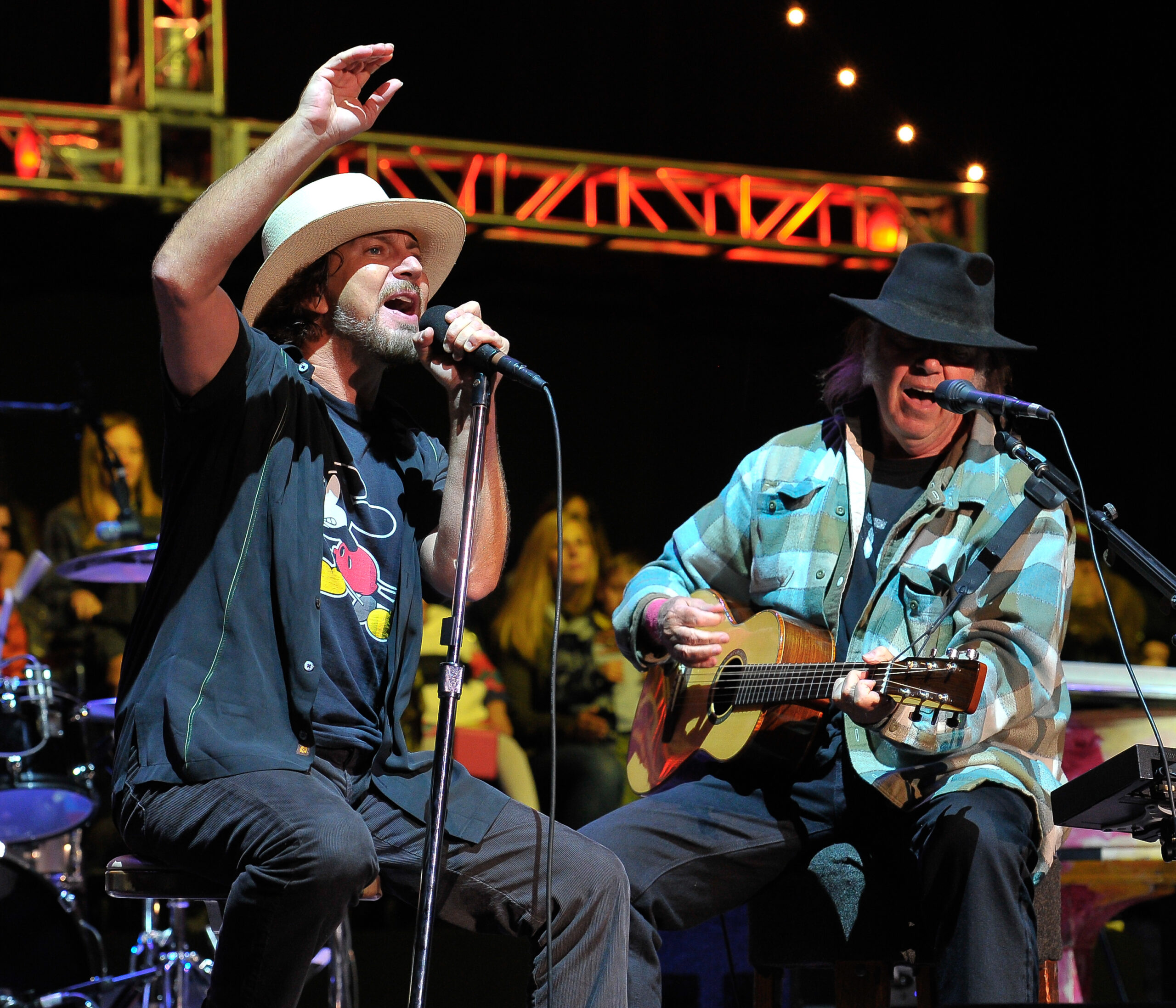The Rise of the Selfish Plutocrats
Instead of pursuing philanthropy, many now seek to evade social responsibility.

In the early 1500s, an unknown wealthy patron is said to have commissioned Leonardo da Vinci to produce the Salvator Mundi, a striking ecclesiastical masterpiece in which Jesus is shown blessing humanity with his right hand while holding an orb representing the Earth in his left. The patron’s identity has been lost to history, and whether da Vinci actually painted it is still debated among scholars, but such commissions were common during the medieval and Renaissance periods: Medici-like benefactors, uncomfortable with the potential sinfulness of their extravagant wealth, sought to offset their guilt and enhance their prestige by sponsoring magnificent works of art and architecture for the public to enjoy.
Da Vinci’s Salvator Mundi changed hands countless times through the ensuing centuries. Mistaken as a comparatively commonplace artwork, it was owned by a 17th-century heir to the Scottish crown who was later beheaded, passed to the illegitimate son of an 18th-century duke, and then languished in obscurity for more than a century. An unknown buyer acquired the painting at auction for £45, or about $1,300 today, and it ended up in Houston. The painting later passed to Basil Clovis Hendry Sr., who ran a Baton Rouge, Louisiana, sheet-metal company. Then, in 2005, on suspicion that there was more to the painting than met the untrained eye, an art consortium bought the painting for just over $1,000. Years of restoration, cleaning, research, and speculation yielded a shocking announcement: The painting was Da Vinci’s lost Salvator Mundi.
What happened to the tableau after that is a good illustration of just how little today’s superrich resemble the public-spirited patrons of the past. Yves Bouvier, an art dealer who is currently accused of evading $800 million in taxes, bought the work for $83 million, then sold it the following day for nearly $50 million more to Dmitry Rybolovlev, a Russian oligarch and superyacht enthusiast who, according to the leaked Panama Papers, set up a shell company to hide artwork assets from his ex-wife during divorce proceedings. Finally, in a 2017 auction at Christie’s, Saudi Arabian Crown Prince Mohammed bin Salman used a little-known proxy to purchase the Salvator Mundi for $450.3 million, the highest price paid for a single artwork in history.
In 2021, The Wall Street Journal broke the news that the priceless painting had been kept on private display aboard bin Salman’s superyacht, Serene, a 439-foot-long, half-billion-dollar boat that had recently run aground in a navigational accident. A fragile, irreplaceable object of significance to the shared cultural history of all humanity was being kept in a hot, humid environment for the private enjoyment of one royal billionaire and his ultrarich guests. (In another room, Serene was also equipped with state-of-the-art snow machines that could produce four-inch-deep flurries on demand.)
The journey of one painting charts a profound shift in modern societies. The role of the ultra-wealthy has morphed from one of shared social responsibility and patronage to the freewheeling celebration of selfish opulence. Rather than investing in their society—say, by giving alms to the poor, or funding Caravaggios and cathedrals—many of today’s plutocrats use their wealth to escape to private islands, private Beyoncé concerts, and, above all, extremely private superyachts. One top Miami-based “yacht consultant” has dubbed itself Medici Yachts. The namesake recalls public patronage and social responsibility, but the consultant’s motto is more fitting for an era of indulgent billionaires: “Let us manage your boat. For you is only to smile and make memories.”
In 1908, the English writer G. K. Chesterton observed that “the poor man really has a stake in the country. The rich man hasn’t; he can go away to New Guinea in a yacht. The poor have sometimes objected to being governed badly; the rich have always objected to being governed at all.”
Chesterton’s observation was astute for the modern era, but for much of Western history, it was only half true. In his 2023 book, As Gods Among Men, the economic historian Guido Alfani chronicles the role of the ultra-wealthy from antiquity to the era of cryptocurrency. The superrich have always wielded inordinate economic and social power and, as such, have plenty of historical ills to answer for. But the affluent of many past periods also invested in the shared betterment of society, understanding that doing so helped justify the existence of wealth inequality. Today’s ultrarich, by Alfani’s telling, are uniquely selfish, and by abdicating the philanthropic role, they are “fuelling resentment and leaving their place in society uncertain.”
The social contract that imposed certain civic responsibilities on the rich emerged after the Black Death decimated nearly half the population of medieval Europe. The dominant Christian theology of the Middle Ages held that wealth was inherently sinful in a world where most people toiled in terrible poverty. But as the continent recovered from the plague, a new, pragmatic arrangement emerged. The surviving wealthy would be expected to use their wealth to provide public goods. This echoed the norms of antiquity; the historian Paul Veyne has noted that in ancient Rome, for example, the belief was widespread that any defects in civic life directly reflected on the virtues of the city’s elite.
The barons of medieval society would serve two important functions, Alfani recounts: “making the city splendid in everybody’s interest by means of their ‘magnificence’ and acting as private reserves of financial resources into which the community could tap in times of crisis by means of taxation or of extraordinary contributions.” In other words, wealth inequality was tolerated because it provided a useful social function. The wealthy were expected to spend lavish sums on transforming cities by building shared public spaces. They were also meant to come to the rescue with their largesse in the case of a public crisis or calamity. Cosimo de’ Medici did precisely that, saving Florence from bankruptcy in 1434.
Benefactors did not necessarily serve these functions out of uncomplicated generosity. From their “magnificence” they could expect personal glory, political favor, and perhaps a pathway to eternal salvation. The savvy used patronage to expand, not drain, their wealth. Some patrons participated in history’s great crimes, from the Crusades to the slave trade. Nonetheless, as Alfani convincingly argues, even the most self-interested and amoral among them often wound up doing some good.
The 15th-century archbishop of Florence called this norm the “public theology of magnificence.” But it also required enforcement. When the rich refused to fulfill their social obligations, governments imposed taxes, extraordinary war levies, or, in the case of 16th- and 17th-century Spain, mandatory loans (called secuestros). The wealthy were not allowed to simply hoard their wealth, park it in an offshore haven, and escape catastrophe by sailing away from a collapsing society on a superyacht.
Even in Gilded Age America, with all its injustices, and where the pursuit of wealth was hardly condemned as sin, society’s richest members were expected to use their riches to benefit the public in times of crisis. J. P. Morgan bailed the United States out in 1907, acting as a banker of last resort. A decade later, the U.S. government pressed financiers and tycoons to invest in Liberty Bonds for World War I, a bad bet that worsened their financial positions considerably. During World War II, the top American marginal tax rate reached an eye-popping 94 percent.
Over time, however, the norms eroded. An ethos of what historians call “munificence,” a belief that the rich should be generous, but only if they wish, replaced the theology of obligatory magnificence. This subtle difference had profound implications: Patronage and public benefit were no longer assumed to be duties, but bonuses that wealthy individuals could provide out of the goodness of their hearts. The coronavirus pandemic ushered in even more grotesque inequality. Elon Musk’s net worth surpassed $400 billion. The world’s economies ground to a halt, and public coffers were crushed with debt, but superyacht sales surged by 46 percent. The public, especially the poor, suffered; the rich, like those of G. K. Chesterton’s caricature, escaped.
During the early coronavirus lockdowns, the billionaire media mogul David Geffen hunkered down on his 454-foot-long superyacht, Rising Sun, which included a private basketball court and wine cellar among its 82 rooms. He posted a stunning photo of a Caribbean sunset to Instagram at the height of the pandemic, with the caption “Isolated in the Grenadines avoiding the virus. I hope everybody is staying safe.”
[Read: A yacht owner’s worst nightmare]
What people spend their money on, beyond hard-nosed investments, sends a social signal. For example, the drivers of Priuses and Cybertrucks are sending rather different signals, as their visible purchases likely reflect different underlying behaviors and beliefs. At the extremes, the wealthy may go to great lengths to display their affluence. For example, in potlatch ceremonies among Indigenous communities of the Pacific Northwest, individuals showcase their riches by engaging in the ritualized destruction of expensive objects.
In The Patron’s Payoff, Jonathan K. Nelson and Richard J. Zeckhauser argue that historical patronage was a form of pragmatic signaling, conveying virtues such as religious devotion and civic duty. But it also provided benefits to the wealthy, who became part of an elite club and were able to use their patronage for personal glory and social advancement. Today the signaling of wealth has shifted from public-facing duties to efforts to provoke private envy.
When the Saudi crown prince pays half a billion dollars for an invaluable artwork and then displays it for ultrarich elites on his private superyacht, he is engaging in a form of signaling, but not one aimed at the public. Instead, the “haves” and “have yachts” play a status game only for the benefit of the rich themselves. Cathedrals were beautifying public icons that often served the poor; yachts are designed to hide their splendors from the prying eyes of the riffraff. One of the great wealthy villains of modernity, Martin Shkreli, didn’t just buy a coveted piece of cultural heritage—the notorious Wu-Tang Clan album—for his own private consumption. He said he would destroy it, potlatch-style. This kind of signaling is a far cry from the one that centered on civic virtue and religious devotion.
The U.S. government has facilitated the ultrarich in their abdication of social responsibility. For example, Charles B. Johnson—the former CEO of Franklin Templeton Investments, a Republican megadonor, and a part owner of the San Francisco Giants—purchased the opulent Carolands chateau, a 46,000-square-foot Gilded Age estate with 98 rooms. According to a ProPublica investigation, Johnson received a $38 million tax break because he pledged to turn Carolands into a museum open to the public 40 hours a week. He didn’t keep that promise—Carolands allows small tours only on Wednesdays at 1 p.m.—but he got the tax break all the same.
Some among the American ultrarich openly deride philanthropy as an ineffective use of money. The tech mogul Marc Andreessen has argued that charitable giving is less useful than investing in tech companies, because “technological innovation in a market system is inherently philanthropic.” (One in 12 people globally lives in extreme poverty, defined as earning less than $2.15 a day; it’s hard to imagine how they have benefited more from Ning, Andreessen’s social-media platform, than they would from, say, food and medicine.) The billionaires Larry Page and Peter Thiel have expressed similar views. Thiel concentrates his philanthropy on what he designates to be breakthrough technology. He has donated to the Seasteading Institute, which says it is “reimagining civilization with floating communities” and “significant political autonomy”—as though the superyachts and offshore tax havens aren’t enough. Why not live offshore, bobbing in a libertarian commune free from burdensome social obligations, such as taxes?
[Read: Space billionaires, please read the room]
Some billionaires have maintained the notion of magnificence by pouring money into solutions to social problems, such as treatments for malaria or children’s hospitals. The Gates Foundation, for example, has made tremendous progress against scourges of public health. But by and large, the notion that wealthy individuals will marshal their resources to alleviate social crises has come to seem quaint in today’s world. In 2008, President Barack Obama proposed that the income of private-equity-fund managers be treated as ordinary personal income rather than capital gains—and ran afoul of the billionaire Stephen Schwarzman, who later compared the president’s proposed tax-policy changes to “when Hitler invaded Poland in 1939.”
Evading social responsibility, even during crises, carries risks for the ultrawealthy. Their opulence compared with the standard of living of their co-citizens becomes harder to justify, and widespread resentment, seemingly inevitable. Some appear to understand that such inequality is unsustainable, but that hasn’t inspired them to become keepers of social wealth for times of shared crisis. Rather, if society collapses, billionaires may just escape onto the waves. A select few are making their contingency plans in rocket ships—as though no longer seeking favor with God but hoping to abscond to the heavens just the same.



















_Igor_Stevanovic_Alamy_Stock_Photo.jpg?#)

























































